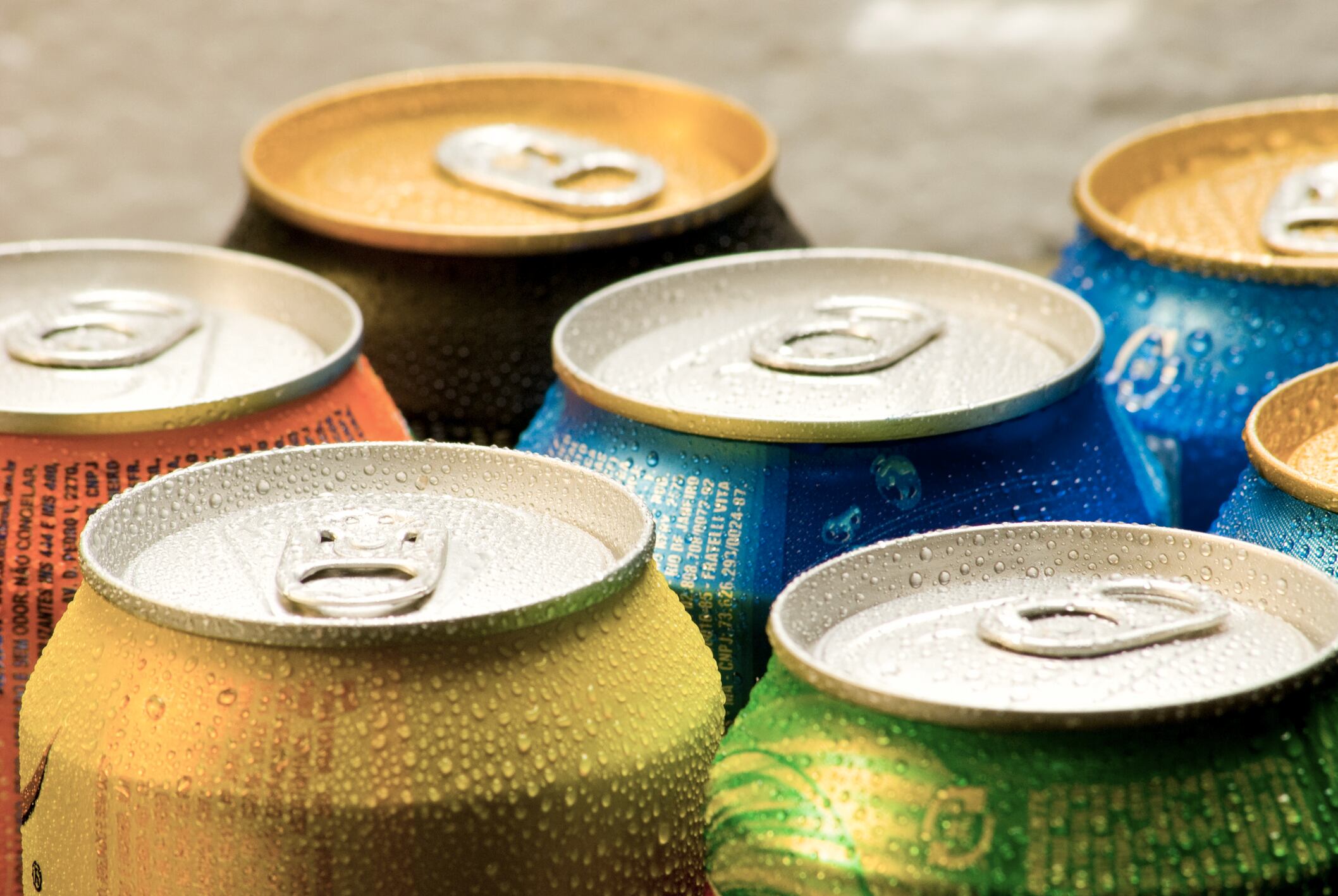In 2017, Latin America's artificial sweetener market pulled in $174.4m, making it the fourth-largest market in the world, according to a recent report from Fact.MR. Globally, the market generated $1.76bn the same year and was forecast to grow to $1.8bn by the end of 2018.
Low-calorie food and diet drinks
In its recent report, Fact.MR said growing consumption of low-calorie food varieties, diet carbonated soft drinks and sugar substitutes were “key growth levers” in the market.
“A combination of evolving dietary patterns to reduce obesity and significant shift in consumption preferences are predicted to be responsible for spurring the adoption of high-intensity artificial sweeteners,” the research firm said.
Speaking to FoodNavigator-LATAM about trends in Latin America, Sneha Varghese, analyst at Fact.MR, said consumer awareness around health issues was“increasing with moderate pace” in the region.
“The increasing health issues of obesity, overweight and diabetes among the population attracts more people towards the use of low-calorie food and beverages. And this will ultimately drive the growth of high-intensity artificial sweeteners,” Varghese said.
Latin America's artificial sweetener market was forecast to grow at a CAGR of 3.6% until 2027.
Brazil beverage boom
The Fact.MR report showed beverages remained the largest and “most promising” end application for artificial sweeteners, followed by the bakery and confectionery segment.
Varghese said this was also the case in Latin America, with growth in artificial sweeteners across the region predominantly driven by the beverage sector, specifically in Brazil.
“The beverage industry in Brazil is growing with a lucrative pace and creates opportunity for the high-intensity artificial sweetener market,” she said.
“...Brazil has witnessed a trade surplus in the beverage sector,” she said, which had not only reflected favorably on the artificial sweeteners market in the country but also significantly contributed to growth of the segment in Latin America.
Aspartame up against stevia
The Fact.MR report said drivers behind the growth of artificial sweeteners had primarily driven sales of aspartame, suggesting an anticipated $616m opportunity for this specific sweetener to emerge by the end of 2018.
Varghese said the same trends were being observed in Latin America, with aspartame “the most attractive segment, growing with high potential”.
A large factor behind its popularity, she said, was its “low relative price” compared to sugar, as well as its long-lasting taste. It also contained zero carbohydrates and had no impact blood glucose levels, she said.
However, given Latin America was the prominent producer of stevia globally, Varghese said the natural alternative posed the “most prominent threat” to the growth of artificial sweeteners in the region. Although, for the time being, she said the low cost of artificial sweeteners aligned better with consumer desire for economic products with health benefits.

